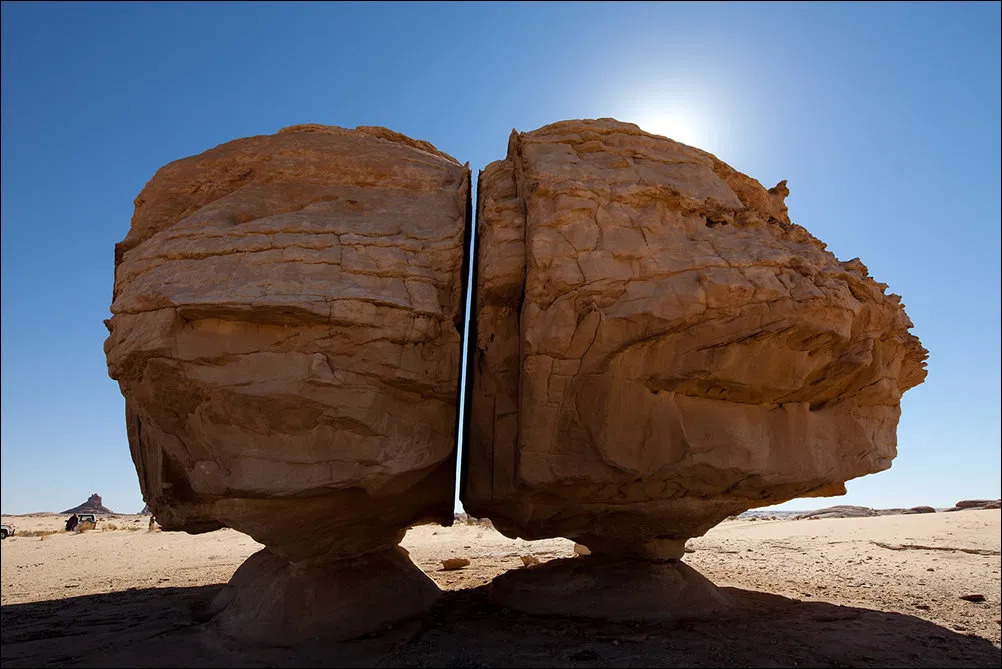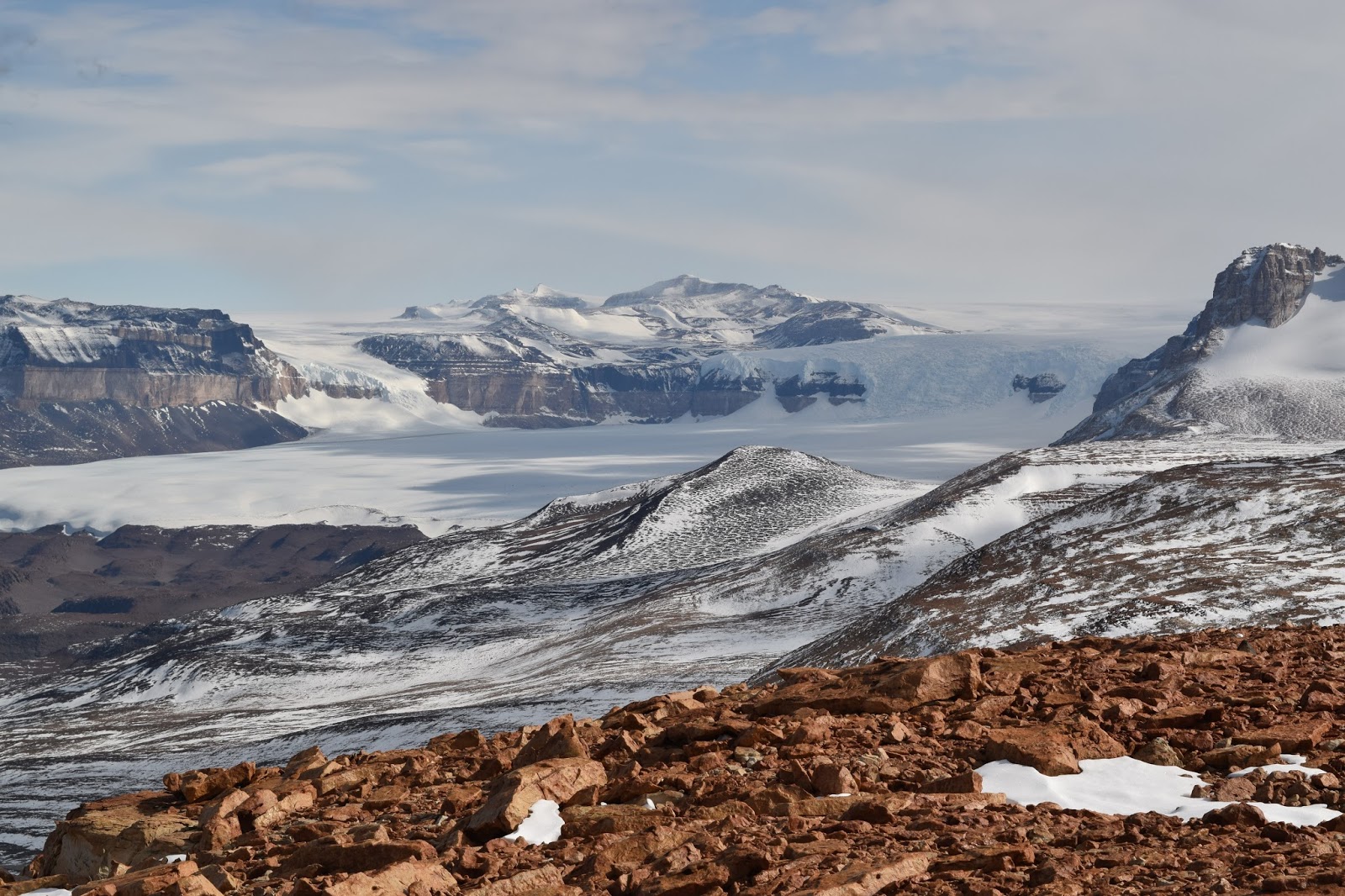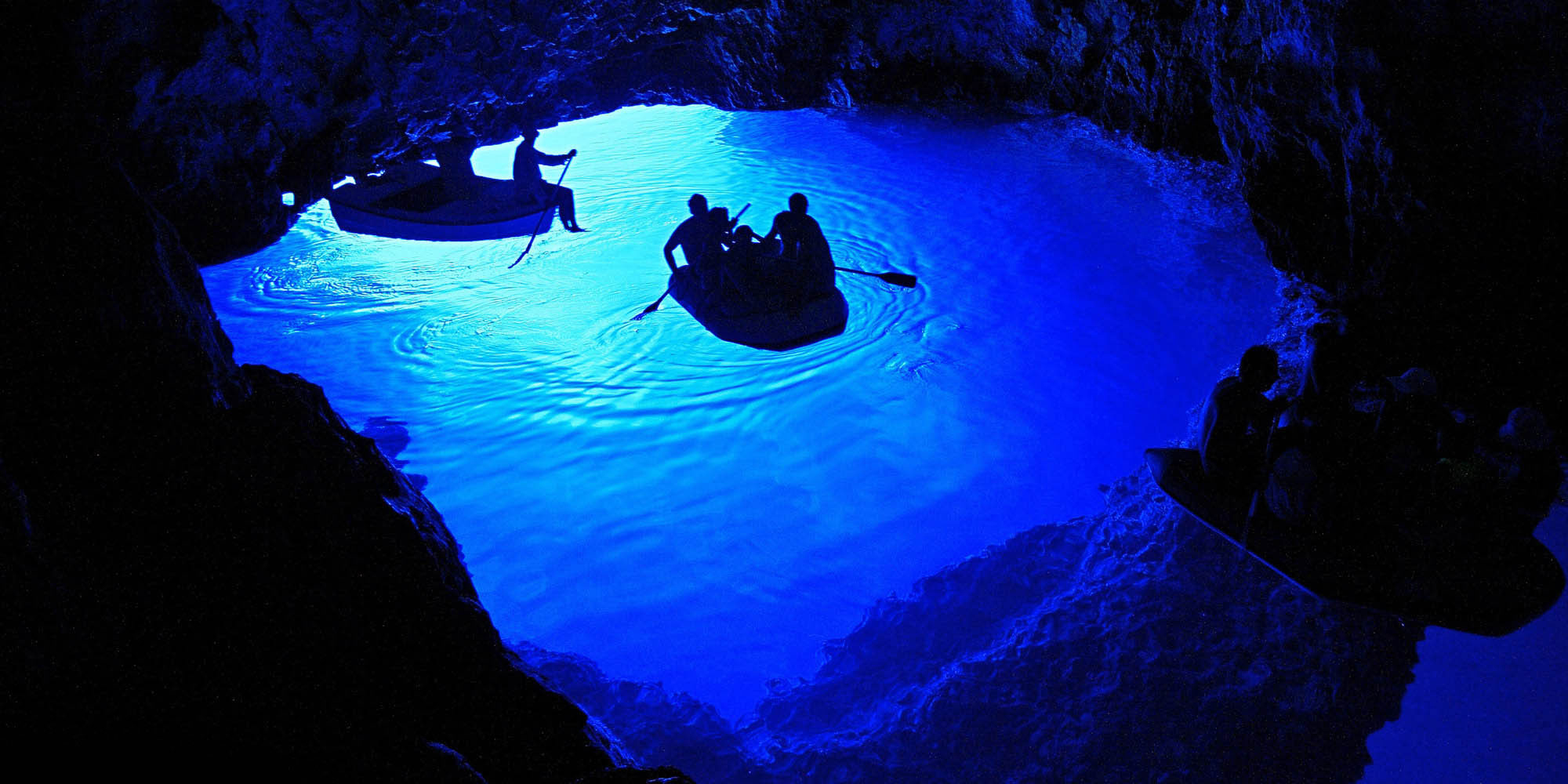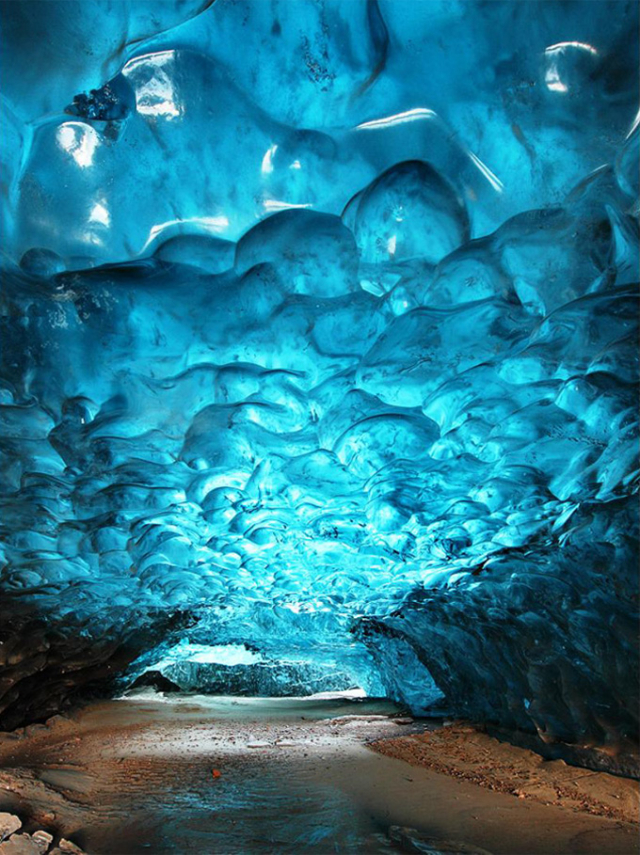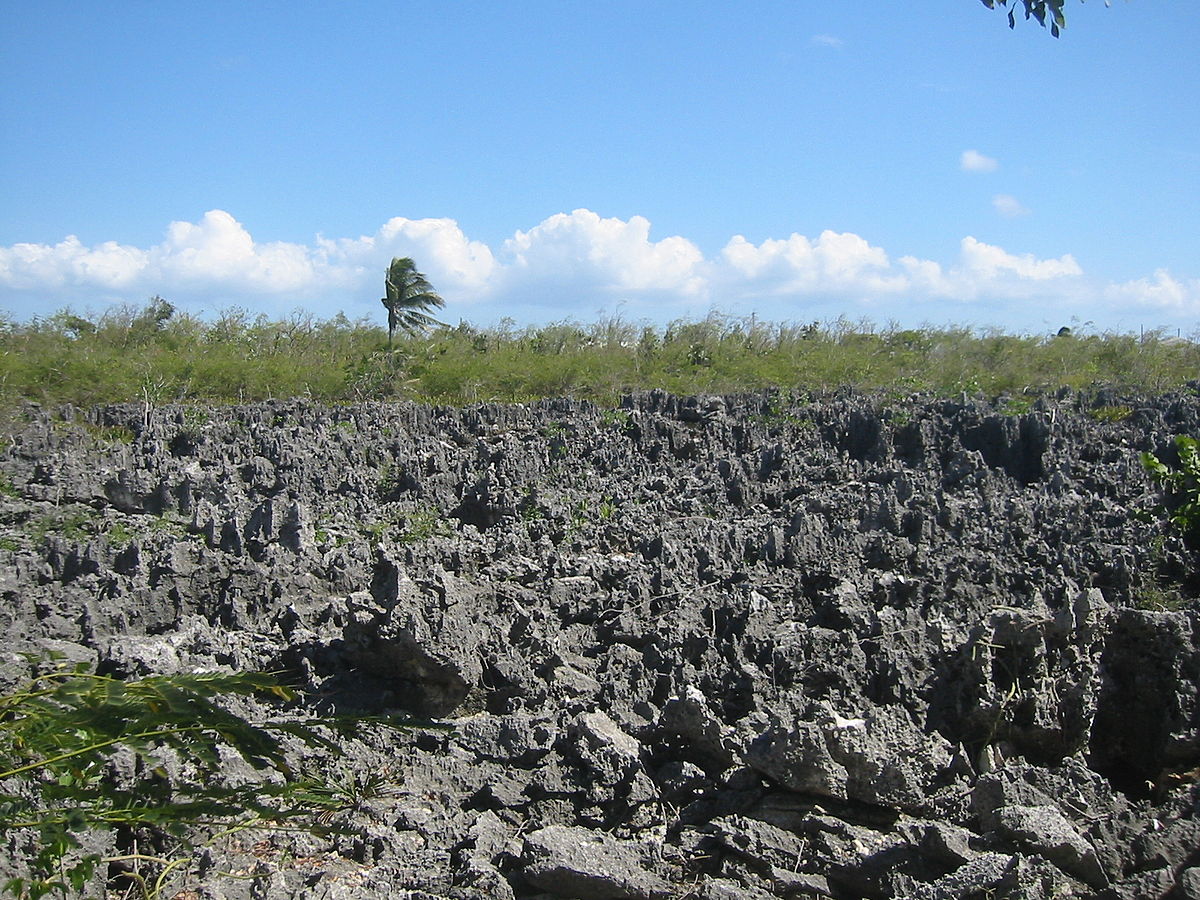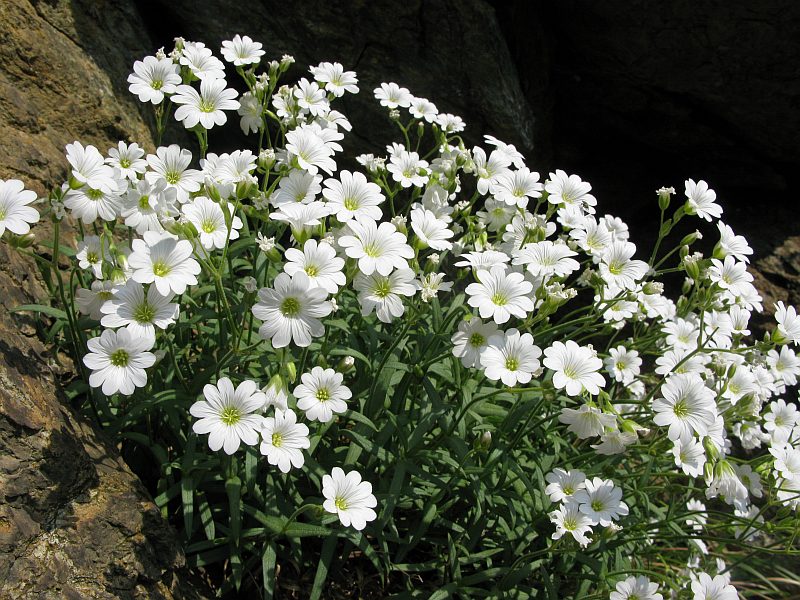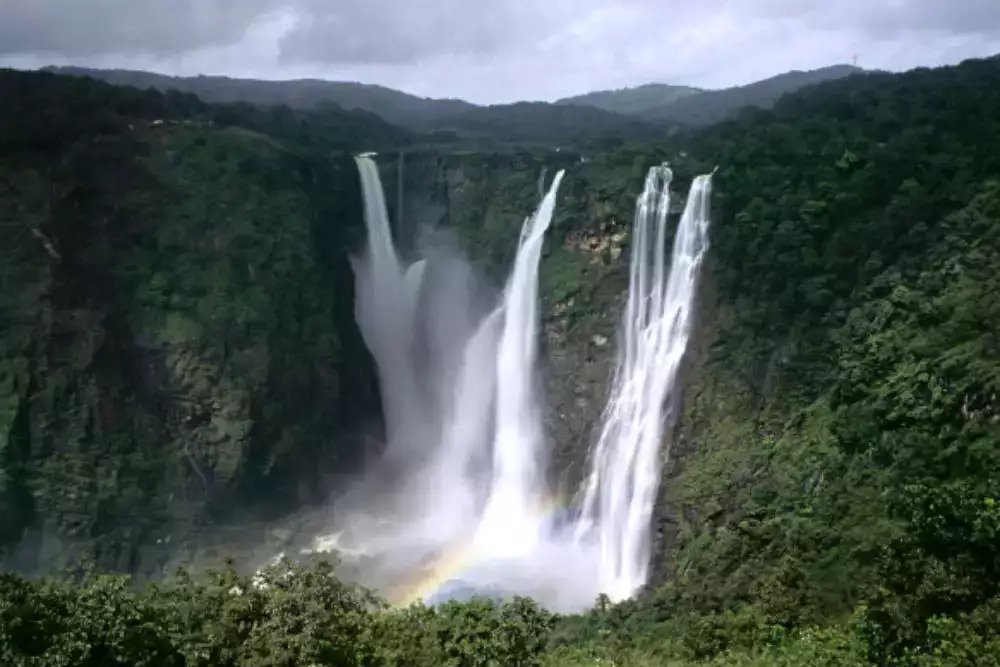The Tayma Oasis in Saudi Arabia is famous for its rock formation, and it is a historical gem. In the past, it was part of a major trade route, as well as the residence of the Babylonian emperor Nabonidus. Oases are mentioned in numerous Bible and Assyrian texts, and a variety of rock carvings, some 4,000 years old, have been made. Image result for al naslaa rock formation
The Al Naslaa rock is made up of two sandstones supported by a naturally-formed pedestal with a perfect slit down the middle.
The Al Naslaa is one of the maximum photogenic petroglyphs in Saudi Arabia. it’s far one of the recognised and famous petroglyphs with uniform slit among two rocks. The split among status rock and its flat surface is absolutely herbal incidence. The question which is haunted by means of many people is, how lengthy the rocks will remain balanced?
Most likely the floor shifted barely beneath one of the supports and the rock split. could be from a volcanic dike of a few weaker mineral that solidified there earlier than the whole lot turned into exhumed. Or, it is able to be an vintage pressure crack (you notice a parallel crack simply to the right of it) that has been driven/pulled aside some. Or, it may be an antique (minor) fault line, when you consider that fault movement often creates a zone of weakened rock that erodes rather less difficult than the surrounding rock.
